In the movie Avatar, the Tree of Souls in Pandora is the most sacred place for the Na’vi people. Its powerful magnetic field serves as a spiritual conduit connecting them to Eywa, the planetary consciousness. Similarly, in the mystical birthplace of Zen Buddhism and the cradle of Kung Fu—the Shaolin Temple—there exists a sanctuary revered by all disciples: Dharma Cave (达摩洞).
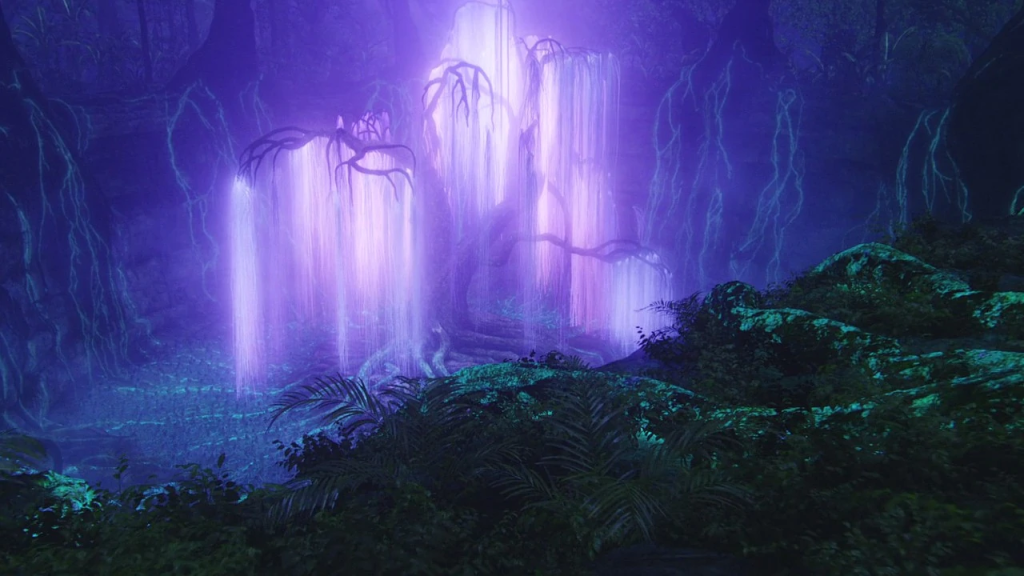
Imagine the year 527 CE: Bodhidharma, an Indian monk, crossed oceans to China. Neither merchant nor explorer, he was a seeker of truth. When he finally reached the foothills of Mount Song in Henan, he discovered a natural cave nestled in the lush forests of Five Breast Peaks (五乳峰). Thus began a legend that reshaped Eastern spirituality.
A Mountain, a Cave, Eternal Silence
Perched mid-slope on Five Breast Peaks, Dharma Cave is a humble grotto—3 meters wide, 6 meters deep, its square mouth bathed in soft sunlight. Inside, an oasis of calm prevails: cool in summer, serenaded by birdsong and rustling leaves, embodying the ancient verse:
“Here, summer heat retreats; empty mountains echo with birds.”
Here, Bodhidharma began his historic “wall-gazing” (壁观). Robed and cross-legged, he faced the rough stone wall, eyes closed, sinking into profound meditation. For nine years, he maintained this ritual—silent, wordless, stripped of all external distractions, seeking “awakening through inner clarity” (明心见性). So deep was his focus that birds nested on his shoulders, mistaking him for stone.
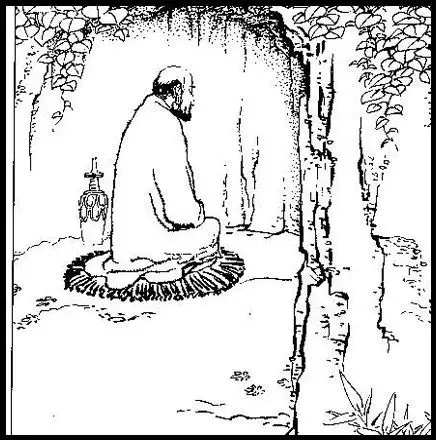
Whispers on Stone: The Miracle of the Shadow
When Bodhidharma departed, an astonishing trace remained: his silhouette, faint as ink-wash painting, etched into the rock. Robe folds and meditative posture were unmistakable. Devotees called it the “Spirit Stone” (灵石), believing his “flesh and spirit had merged with the rock.”
Millennia of pilgrims followed:
- Chancellor Cai Jing inscribed “Pagoda of Wall-Gazing” (面壁之塔)
- Calligrapher Cai Xiang penned “Hermitage of Wall-Gazing” (达摩面壁之庵)
- Qing poet Xiao Yuanji marveled:
- “A Shaolin stone, mistaken for a man…His essence fused with rock; the Spirit Stone became his form.”
Though the stone was moved to safeguard it and later lost in a 1928 temple fire, the cave endures.
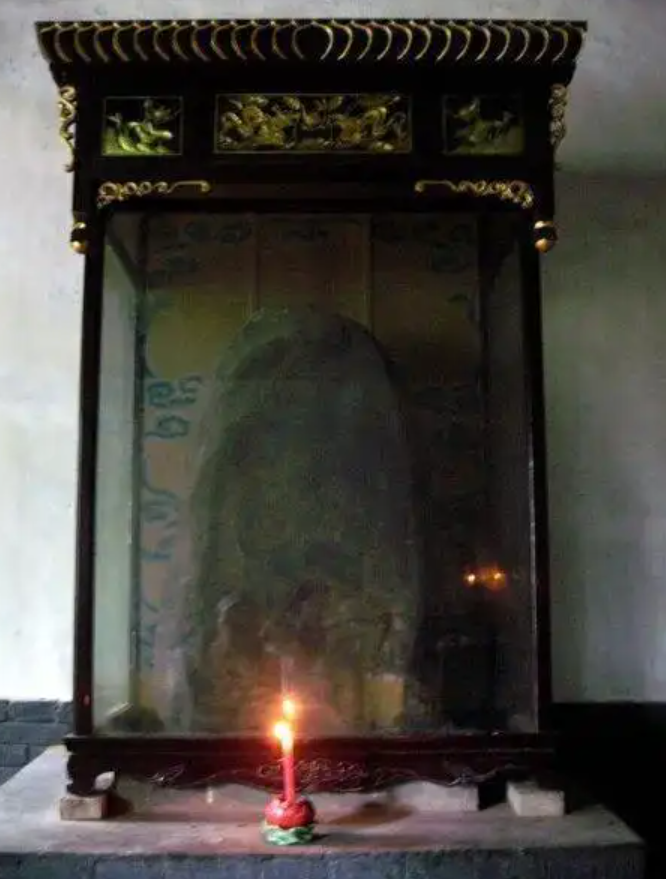
Where Zen Took Root: Beyond Legend
Bodhidharma’s seclusion ignited a spiritual revolution:
- Cradle of Zen Practice: He refined wall-gazing—”silencing the mind, severing distractions”—earning the name “Wall-Gazing Brahmin” (壁观婆罗门)
- Launchpad for Teachings: After nine years, he descended to teach, passing the lineage to Huike (慧可), the Second Patriarch of Zen
- Symbol of Resilience: Disciples built the First Ancestor’s Hermitage (初祖庵) below, honoring his feat.
- Wellspring of Wellness: His post-meditation stretches evolved into Eight Brocades (八段锦) and Sinew Metamorphosis Classic (达摩易筋经)—foundations of Shaolin Kung Fu.
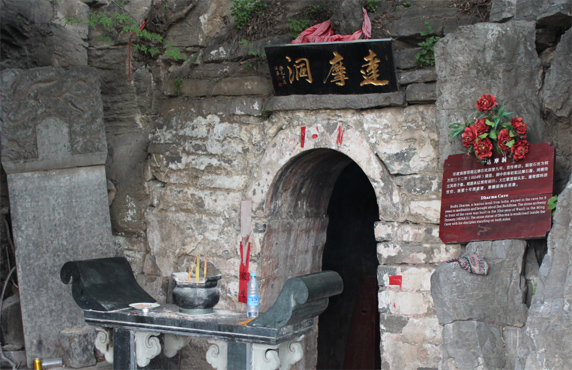
Visiting Dharma Cave: Touching History
Today, the cave retains its primal aura:
- Ming Dynasty stone archway (1604 CE) stands guard, engraved:
- South: “Place of Silent Mystery” (默玄处)
- North: “Traces from the East” (东来肇迹)
- Three stone statues inside: Bodhidharma flanked by disciples.
- Cool mountain breezes carry whispers of contemplation.
- At the peak, a 12-meter white-jade Bodhidharma statue (1995) gazes over his meditation grounds.
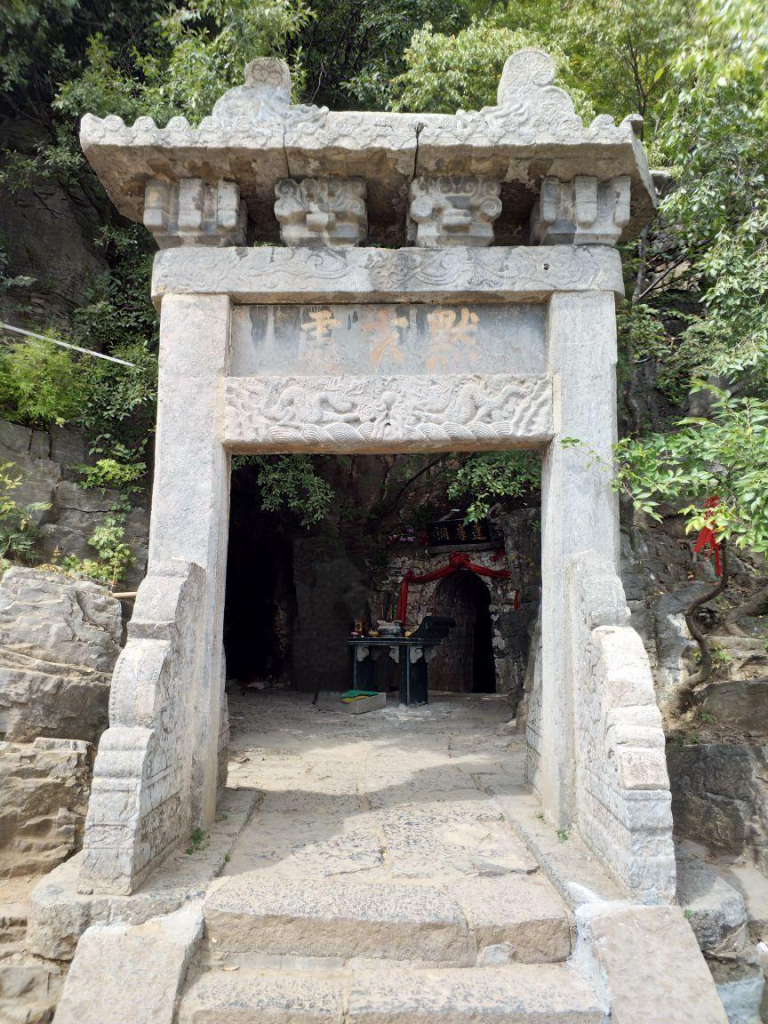
Visitor Tips
- Location: Mid-slope of Five Breast Peaks, behind Shaolin Temple.
- Hike: ~1 hour through shaded trails; a small platform offers views of Mount Song.
- Extend Your Journey: Descend to First Ancestor’s Hermitage to trace Bodhidharma’s legacy.
Dharma Cave is more than a hollow in rock. It is a monument carved by nine years of silence—a testament to how unwavering focus can etch spirit into stone and ripple wisdom across millennia. Stand at its entrance, feel the mountain’s cool breath, and listen:
Do you hear the mountain, the stone, and the silent monk murmuring across time? 🌿🗻
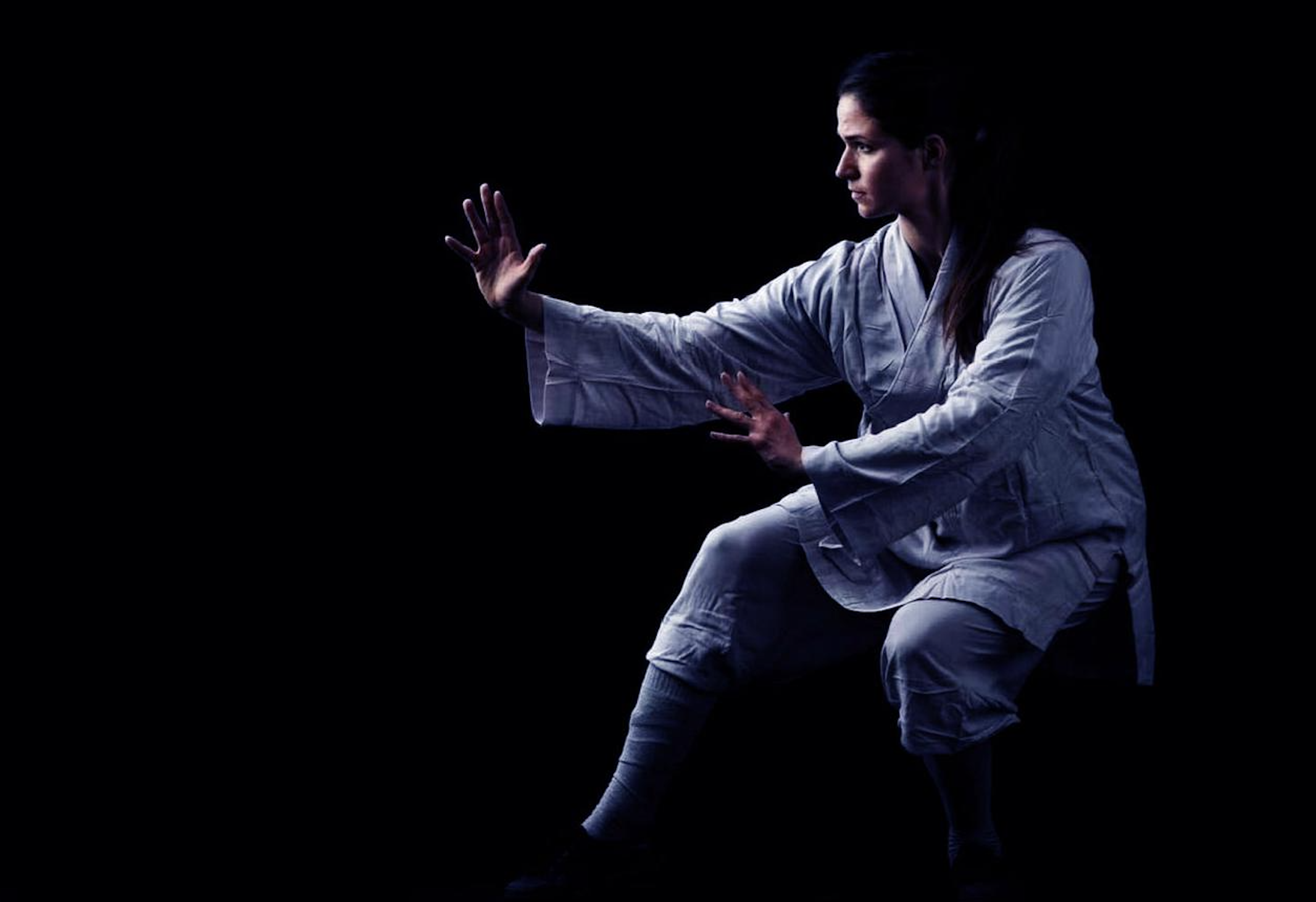
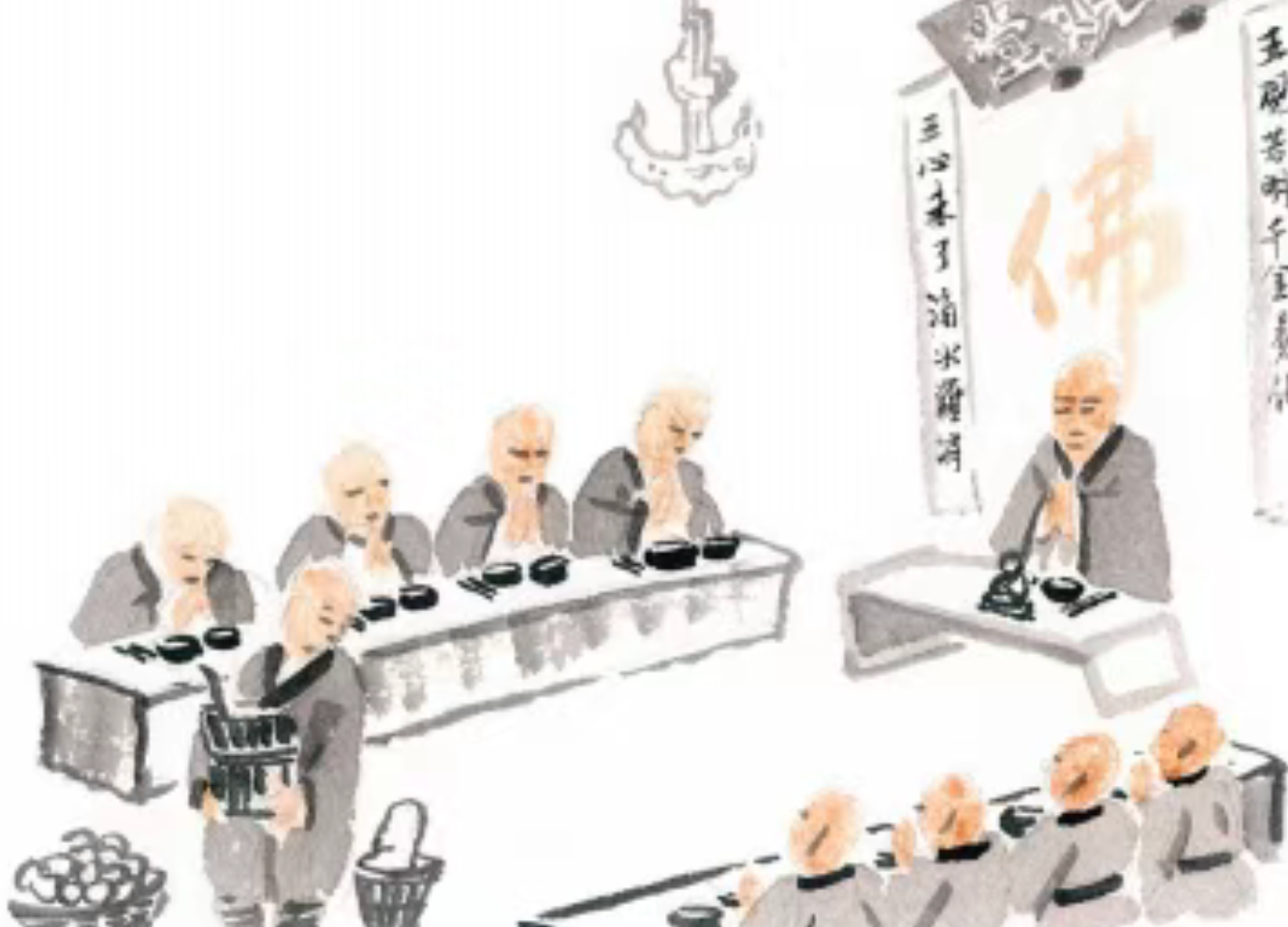
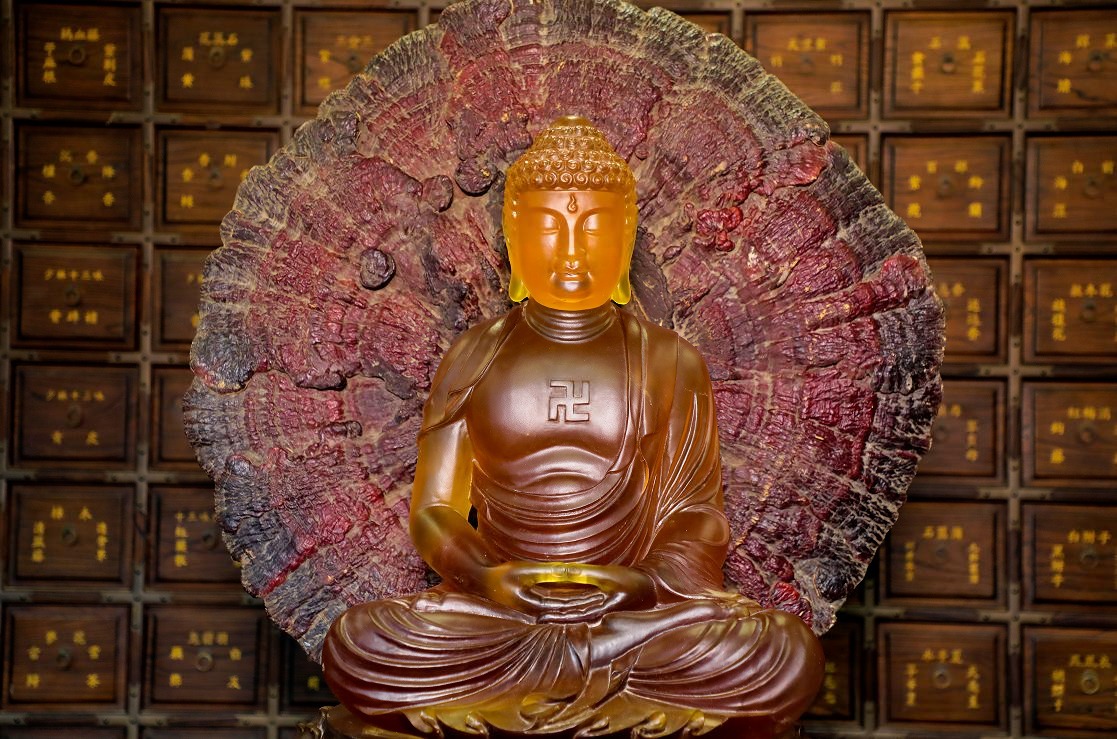

Leave a Reply